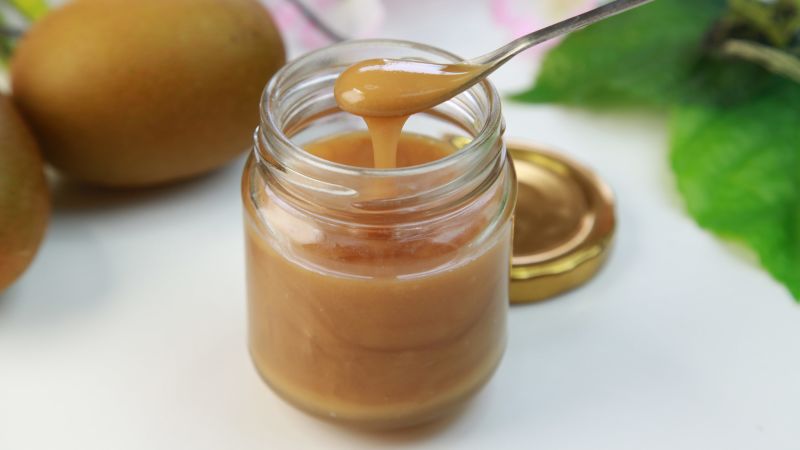nickibee83
Member
Hello all, I’m beside myself at the moment in writing this. My 9 year old daughter was bit on her cheek and under her eye by a friends dog last night. She needed 7 stitches. I’m praying for fast healing so she can be her joyful carefree self again. However I want to try and minimize her scarring as much as possible on her face. Do you have any remedies you recommend for scars? Any and all insight is welcomed I feel overwhelmed in searching. Thank you 


